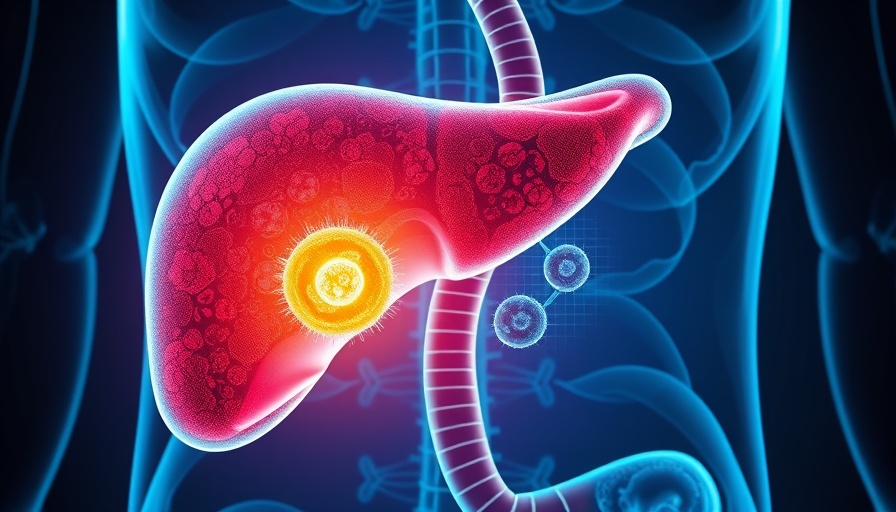
Understanding the Link Between Alcohol and Pancreatic Cancer
A recent large-scale study has unveiled a concerning correlation between higher alcohol consumption and an increased risk of pancreatic cancer, a disease characterized by its often late diagnosis and poor prognosis. As a demographic that often prioritizes fitness and health, understanding this link could significantly influence the lifestyle choices of men aged 35 to 55, particularly among professionals and fitness enthusiasts.
Why This Research Matters: The Groundbreaking Findings
The study in focus, which pooled data from various countries, found that as alcohol intake increases, so does the risk of developing pancreatic cancer. This news should resonate particularly with men who may regard moderate drinking as harmless. Yet, health experts warn that rising alcohol consumption can lead to severe long-term health consequences.
A Closer Look at Alcohol's Impact on Health
Alcohol, while often enjoyed socially, is known to have several adverse effects on the body. It can cause inflammation of the pancreas, which may lead to chronic pancreatitis—a risk factor for pancreatic cancer. This inflammation disrupts not only digestive functions but also the body’s overall metabolic balance, crucial for professional athletes and fitness lovers aiming for peak performance.
Counterarguments: The Other Side of the Coin
While many may argue that moderate alcohol consumption can have health benefits—such as reducing stress or enhancing social bonds—studies like this one challenge that narrative. It's essential to weigh the pros and cons and consult health professionals when it comes to integrating alcohol into one’s lifestyle.
Practical Ways to Make Informed Choices
For those wondering how this research can influence personal habits, here are some actionable insights:
- Make informed choices: Understand how alcohol affects your health, especially regarding your risk factors.
- Practice moderation: If you choose to drink, consider setting limits or opting for lower alcohol options.
- Stay Active: Combine your drinking habits with a robust fitness regimen to help offset potential health risks.
Social Connections: Why Sharing This Information is Important
Talking about health risks associated with alcohol and pancreatic cancer not only raises awareness but also fosters a supportive community. Men who share their health journeys can empower others to make positive changes, promoting overall well-being.
Future Predictions: Trends in Men’s Health
As society becomes more health-conscious, it’s vital to foresee how emerging research will shape lifestyle choices. Health trends indicate a growing preference for wellness-oriented practices. Regular discussions about alcohol consumption in the context of health may push more men towards healthier behaviors.
Emotional and Human Interest Angle: Every Choice Matters
It's important to remember that today’s choices pave the way for tomorrow’s health. Many men in their 30s and 40s face the long-term implications of what might seem like minor decisions today. Sharing personal stories about health struggles can create empathy, reminding everyone that making informed decisions is a path toward a healthier future.
To all men seeking to enhance their vitality and overall health: it’s time to reassess your drinking habits. Staying informed about studies correlating alcohol intake to health risks, such as pancreatic cancer, is crucial. As you consider your next drink, prioritize your well-being and the well-being of those around you.
 Add Row
Add Row  Add
Add 




Write A Comment